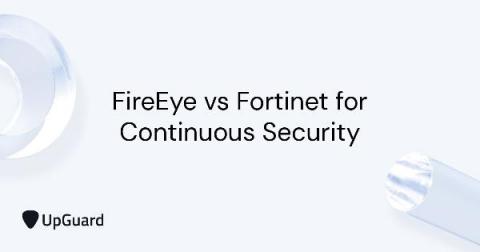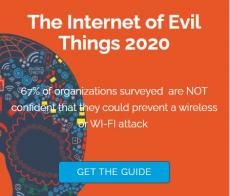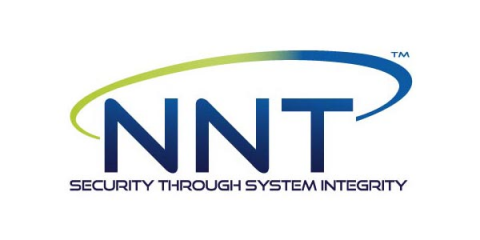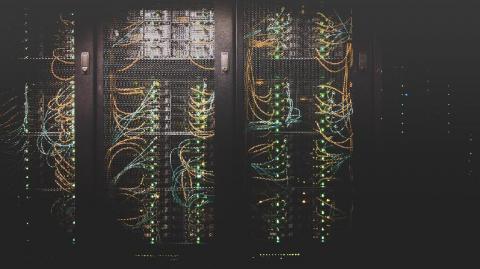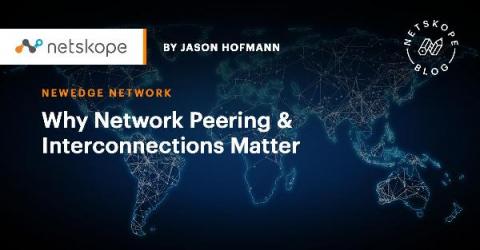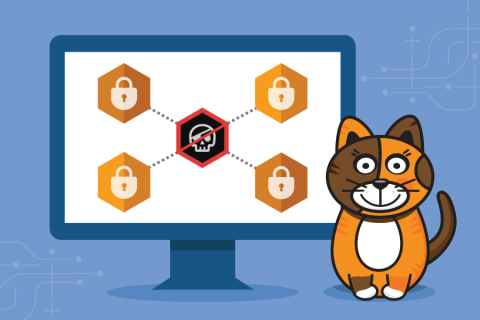Deep packet inspection explained
Deep packet inspection (DPI) refers to the method of examining the full content of data packets as they traverse a monitored network checkpoint. Whereas conventional forms of stateful packet inspection only evaluate packet header information, such as source IP address, destination IP address, and port number, deep packet inspection looks at fuller range of data and metadata associated with individual packets.


